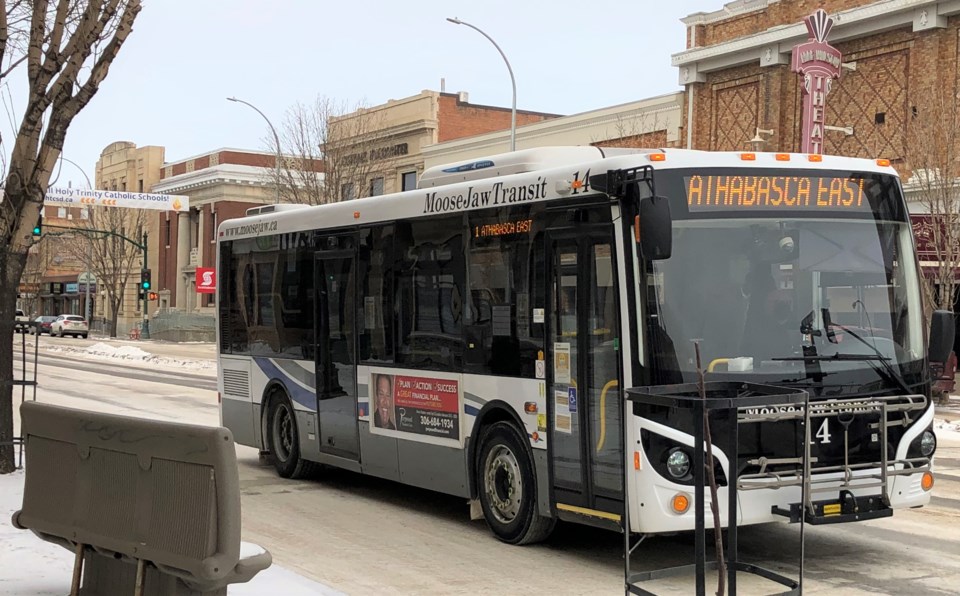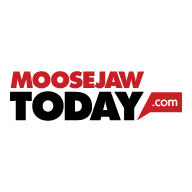The cost to operate the regular transit system will jump by nearly 11 per cent next year, while the cost to run the para-transit network will likely increase by almost 15 per cent.
The 2024 budget proposes $1,744,285 in revenues and expenses for the regular bus system, which is an increase of $170,973 — or 10.9 per cent — from this year, the budget report shows.
Meanwhile, the budget proposes $654,462 in revenues and expenses for the para-transit system, which is an increase of $82,642 — or 14.5 per cent — from this year.
Finance director Brian Acker said during the Dec. 6 budget meeting that the subsidy the city contributes to operating the transit system has increased since 2019. That year, the municipality subsidized both systems to the tune of $1,230,715 or 65 per cent of costs, while next year, those figures increase to $1,716,547 and 72 per cent, respectively.
“A dilemma we find ourselves in as a city with our transit is we’re big enough that we require a transit system, but we’re not big enough to have an efficient transit system … (or) even to be able to attract ridership,” he said, adding it will be a challenge for council to determine the kind of transit service it wants for the community.
Other budgets
Acker highlighted the budgets for the City of Moose Jaw’s three utility divisions: wastewater (sanitary sewer), waterworks and solid waste (landfill).
The wastewater division expects to see revenues and expenses next year of $25,382,627, which is 3.6-per-cent more than this year.
The challenges facing this utility are operational and maintaining and repairing distribution mains, hydrants, valves and house connections, the report said. An aging infrastructure has greatly increased the maintenance demands on the utility, which requires more resources to maintain.
A “positive note” is that the number of water main breaks has declined significantly since the city commenced the cast iron water main replacement program in 2016, the document continued. As this trend continues, it will result in decreased resources being directed to repair and the savings will flow into other capital infrastructure projects.
City administration is recommending a waterworks utility rate increase next year of four per cent, which includes three per cent for inflation and one per cent for additional financing costs for the Buffalo Pound Water Treatment Plant renewal project.
City hall also wants a wastewater utility rate hike of four per cent to help fund the rehabilitation of the Crescent View Lift Station. The city has submitted a federal grant application to help fund this project; construction is contingent on the success of the request.
Also, the water and wastewater utility has $153.4 million in planned spending over the next five years.
Meanwhile, the solid waste utility is expected to see revenues and expenses of $6.09 million next year, which is a year-over-year increase of 0.4 per cent, the report said. This utility has $26 million in planned spending over the next five years; the biggest project is a new landfill.
The revenues in this division have been “very stable” over the past few years, mainly due to fees acquired from garbage collection, recycling and landfill use, said Acker. He noted that Moose Jaw’s rates for recycling and collection are “very, very competitive” with other municipalities, while residents have an efficient service.
The next budget meetings are Monday, Dec. 11, Wednesday, Dec. 13 and Monday, Dec. 18.




